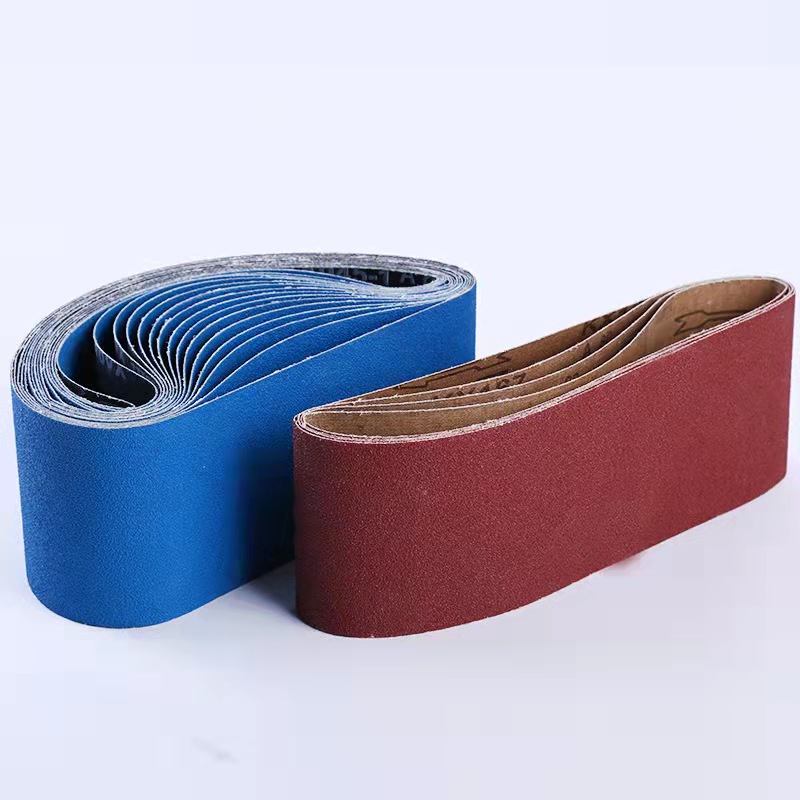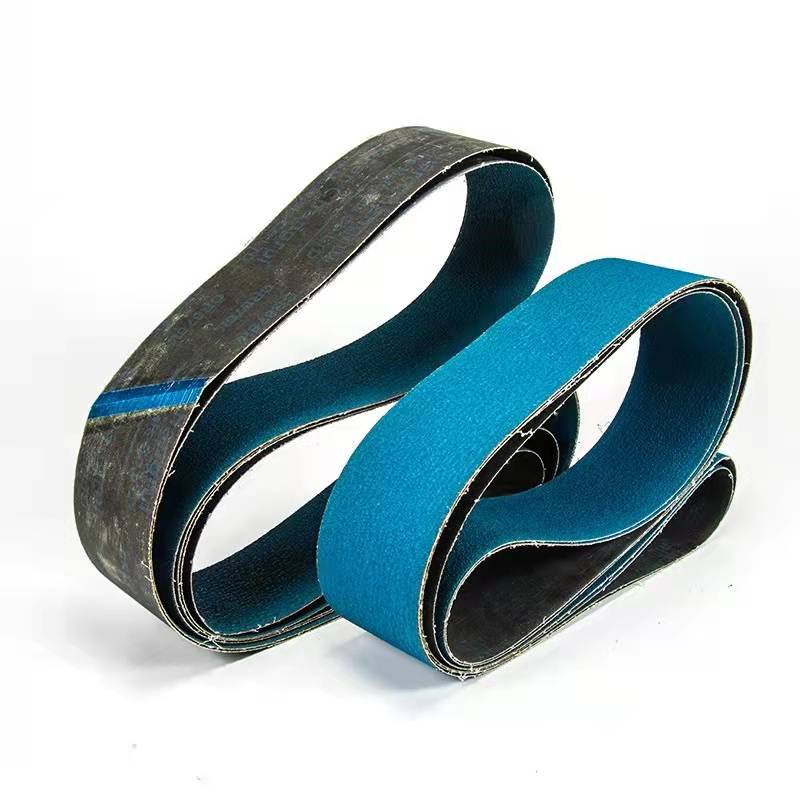The Heat-Affected Zone (HAZ) is one of the most critical aspects of welding metallurgy. It's the area of base metal that is not melted but has undergone significant changes in its microstructure due to exposure to high temperatures during welding. The HAZ can affect the mechanical properties of the metal, such as its hardness, toughness, and susceptibility to cracking. Controlling the HAZ is crucial in maintaining the integrity of the weld joint and the overall structure.
1. What is the Heat-Affected Zone (HAZ)?
The HAZ refers to the portion of the base material adjacent to the weld that has experienced thermal cycles (heating and cooling) intense enough to alter its microstructure, but not enough to melt it. While the weld pool itself forms the fusion zone (FZ), the HAZ surrounds this area and is divided into various temperature gradients, each affecting the material differently.
In many materials, especially carbon steels, stainless steels, and alloy steels, the HAZ is a critical factor in weld performance. The thermal history that the HAZ experiences during welding can induce hardness, brittleness, grain growth, and potential cracking if not carefully managed.
2. Metallurgical Changes in the HAZ
The changes that occur in the HAZ depend on several factors, including the material composition, the welding process, and the cooling rate. The HAZ can be broken down into three key subzones:
-
Coarse Grain Heat-Affected Zone (CGHAZ): Closest to the fusion zone, the CGHAZ experiences the highest temperatures just below the melting point of the base material. In steel, this causes grain growth and significant microstructural changes. Coarser grains result in reduced toughness, making the material more susceptible to cracking.
-
Fine Grain Heat-Affected Zone (FGHAZ): As you move away from the fusion zone, the metal experiences lower temperatures, leading to finer grain structures. Finer grains improve toughness and ductility compared to the coarse-grain zone.
-
Intercritical and Subcritical HAZ: These regions are farthest from the fusion zone and experience temperatures below the transformation point. The subcritical HAZ undergoes tempering, while the intercritical zone sees partial phase transformations. In steels, this area might include a mix of ferrite and pearlite or other phases, depending on the material.
In materials like aluminum alloys, the HAZ can cause precipitate dissolution and over-aging, reducing the material’s strength, which can be problematic in aerospace applications.
3. Effect of Welding Parameters on the HAZ
The extent and properties of the HAZ are highly dependent on the welding process parameters:
-
Heat Input: This is a critical factor influencing the size and properties of the HAZ. Heat input is determined by the welding process, current, voltage, and travel speed. A high heat input increases the size of the HAZ and can lead to grain coarsening and softening of the base metal in steels, increasing the risk of cracking.
Formula: Heat Input (kJ/mm) = (Voltage * Current * 60) / (1000 * Travel Speed)
-
Cooling Rate: The cooling rate after welding has a significant impact on the microstructural evolution of the HAZ. Rapid cooling in steels can lead to the formation of martensite, a hard but brittle phase, making the weld joint more prone to cracking. Controlled cooling, such as post-weld heat treatment (PWHT), can relieve residual stresses and temper martensitic structures, enhancing toughness.
-
Welding Technique: The use of multi-pass welding (especially in thicker materials) can alter the thermal cycles experienced by the HAZ, with subsequent passes reheating and tempering previously welded areas. This can improve the toughness of the HAZ.
4. Common Problems Associated with the HAZ
-
HAZ Cracking: Cracking in the HAZ is a common issue, especially in high-strength steels or thick sections. Hydrogen-induced cracking (HIC) or cold cracking often occurs due to the combination of a high hardness HAZ, residual stresses, and hydrogen absorption during welding.
-
Brittleness and Hardness: If the HAZ experiences too much grain coarsening or forms martensitic structures in steels, it can become excessively hard and brittle, increasing the risk of brittle fracture under stress.
-
Softening in Aluminum: In heat-treated aluminum alloys, such as 6061, the HAZ can experience precipitate dissolution, leading to softening. The strength of the aluminum alloy is significantly reduced in the HAZ compared to the parent material.
5. Controlling the HAZ
To ensure optimal weld performance and minimize problems in the HAZ, several control methods are used:
-
Preheating: Preheating the base material before welding helps reduce the cooling rate, minimizing the risk of HAZ hardening and cracking, especially in carbon steels. Preheating temperatures depend on the material but can range from 150°C to 300°C.
-
Post-Weld Heat Treatment (PWHT): PWHT is a thermal process applied after welding to relieve residual stresses and improve toughness in the HAZ. In steels, PWHT reduces the hardness of martensite and improves ductility. The process typically involves heating the welded assembly to a temperature just below the transformation range and holding it for a specified time.
-
Low-Hydrogen Electrodes: Using low-hydrogen electrodes (such as E7018 for stick welding) or properly controlled shielding gases reduces hydrogen content in the weld, minimizing the risk of hydrogen-induced cracking in the HAZ.
-
Optimizing Heat Input: By using controlled heat input processes, such as pulsed MIG or TIG welding, welders can reduce the size of the HAZ and minimize grain growth. Pulsed techniques deliver high energy only during certain parts of the welding cycle, which controls the amount of heat absorbed by the base material.
6. Modern Techniques to Minimize HAZ Damage
Recent advancements in welding technology offer new ways to reduce the impact of the HAZ:
-
Laser Welding: Laser welding provides a highly focused heat source, minimizing heat input and significantly reducing the size of the HAZ. This technique is ideal for materials like stainless steel and titanium.
-
Electron Beam Welding: Like laser welding, electron beam welding delivers high energy density, reducing the HAZ and associated metallurgical changes.
Conclusion
The Heat-Affected Zone is a complex but critical aspect of welding that can significantly impact the performance of welded joints. Understanding how metallurgical changes in the HAZ occur and how to control them through process parameters, preheating, and post-weld treatments is essential for achieving strong, reliable welds. Proper control of the HAZ ensures longevity, reduces cracking risks, and optimizes the mechanical properties of the welded joint.
For more insights on welding techniques and advanced equipment, contact Quantum Machinery Group at Sales@WeldingTablesAndFixtures.com or call (704) 703-9400.
Sanding Belt
Abrasive belt is a belt-shaped tool that can be ground and polished, which is made by bonding abrasives to flexible materials such as paper and cloth with a binder. It is a main form of coated abrasives. Its basic composition is: base material, abrasive and binder, collectively called the three elements of abrasive belt. Abrasive belt is the main tool of the sanding process. Abrasive belt grinding is a soft grinding method, which is a compound processing abrasive tool with multiple functions of grinding, grinding and polishing.

Abrasive tools are tools for grinding, grinding and polishing. Most of the abrasives are artificial abrasives made of abrasives and bonding agents, and natural abrasives are also directly processed from natural ore. In addition to being widely used in machinery manufacturing and other metal processing industries, abrasive tools are also used in the processing of non-metallic materials such as food processing, paper industry and ceramics, glass, stone, plastic, rubber, and wood.
Abrasives are divided into natural abrasives and artificial abrasives. All materials that can be used for grinding or grinding in nature are collectively referred to as natural abrasives.

Natural abrasives mainly include: natural corundum and garnet
Artificial abrasives mainly include: white corundum, brown corundum, silicon carbide, zirconium corundum, synthetic diamond, cubic boron nitride.
How to choose a suitable abrasive belt and further improve the smoothness and flatness of sanding is a very important issue in the use of abrasive belts. Due to the differences in the three major components of abrasive belts and various characteristic factors, abrasive belts can be divided into many varieties according to different grinding objects, grinding conditions and grinding requirements. The following is the classification of abrasive belts according to abrasives. Different abrasive belts are suitable for different products. The following types of belt operations are: automatic grinding, mechanical hand grinding, desktop grinding, and manual tool grinding.

Types of abrasive belts (according to abrasives):
1: Accumulated abrasive belt
Application: Widely used in polishing various non-alloy, low-alloy and high-alloy steel, stainless steel, brass, bronze and other non-ferrous metals. Good self-sharpening, long service life, uniform grinding volume and uniform surface roughness.
2. Brown corundum belt
Application: Widely used in metallurgy, machinery, shipbuilding, wood, building materials, textile printing and dyeing industries. Grinding and polishing of bamboo and wood products, decorative panels, stainless steel, non-ferrous metals and other complex surfaces. Fast cutting, heat resistance, long service life, efficient wear resistance.
3. Ceramic abrasive belt
Application: Widely used in grinding chromium steel, chromium-nickel steel, stainless steel, high-alloy steel, nickel-based alloy, titanium alloy, brass and bronze, etc., with good self-sharpening, strong grinding, and large removal of grinding materials.
4. Silicon carbide belt
Application: Widely used in the grinding and polishing of brass, bronze, titanium alloy, aluminum alloy, glass, ceramics, minerals, stone, rubber, and synthetic materials. The sand surface is sharp, with very high strength and grinding ability, suitable for grinding medium and high density plates. The bucky has strong tension and ultra-wide sub-tension, which can be used for ultra-large abrasive belts.
5. Zirconium corundum abrasive belt
Application: Widely used in the grinding and polishing of steel, alloy steel, cast iron and non-ferrous metals, medium load or heavy load powerful grinding. The rigid polyester fabric is resistant to strong tension and impact, has high abrasion resistance, and has excellent comprehensive cost performance.
We distributes and wholesales various brands of Bonded Abrasives, Abrasive Sanding Disc, Cutting Wheels , Abrasive Flap Disc , Flap Wheels , Flap Disc Backing Pad, Flap Disc Adhesive, and Surface Conditioning Product etc, and enjoy a high position among consumers.

Belt Sander Paper,abrasive sander belt,GXK51 sanding belt,Sanding Belt,Delta Belt Sander
Zhengzhou Jiading Abrasive Manufacturing Co.,Ltd , https://www.jiadingabrasive.com